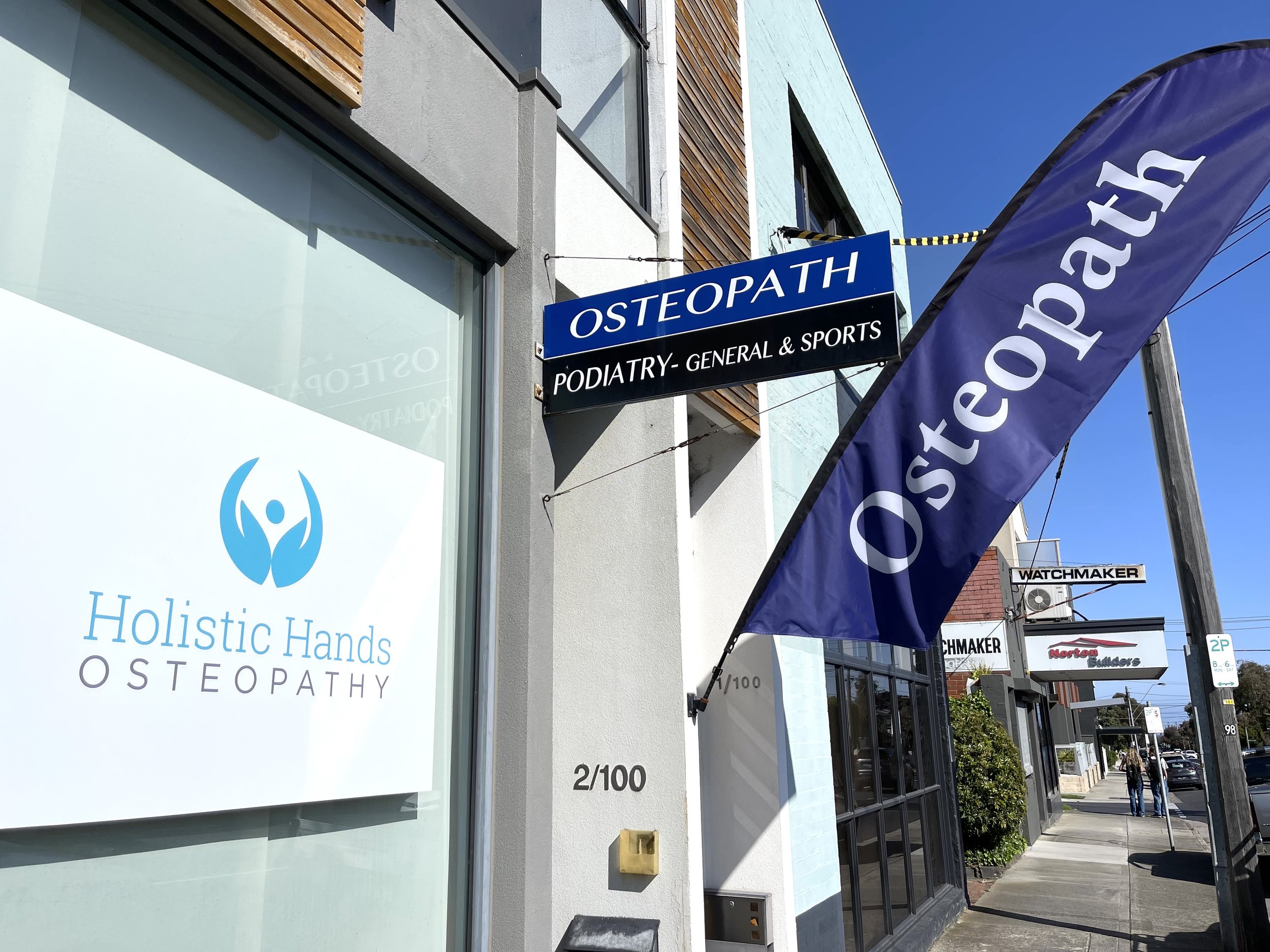
Beyond the Green: Why Golf is More Physical Than You Think
Beyond the Green: Why Golf is More Physical Than You Think
Golf is often perceived as a leisurely sport, but those who play know it's much more than a casual stroll on the green. The physical demands of golf are significant, requiring strength, endurance, and coordination.
The Myth: Many people believe that golf isn't as physically demanding as other sports. This misconception can lead to underestimating the importance of physical fitness in improving golf performance.
The Reality: Golf requires a unique combination of physical attributes. A powerful swing demands core strength, flexibility, and balance. Walking the course, especially on hilly terrain, builds endurance. Professional golfers often follow rigorous training regimens to maintain peak physical condition.
Dr Cat Norris, an Osteopath at Holistic Hands Osteopathy in Black Rock, with her background in dance and osteopathy, understands the intricate movements involved in a golf swing. Her approach emphasizes the importance of physical fitness in enhancing performance and preventing injuries.
Enhancing Physical Fitness for Golf: Improving your physical fitness can lead to better performance on the course. Focus on exercises that build strength, flexibility, and endurance. Incorporate activities like yoga or Pilates to enhance balance and core stability.
Practical Tips:
Strength Training: Incorporate exercises like squats, lunges, and core workouts to build strength.
Flexibility Exercises: Regular stretching and mobility work can improve your range of motion.
Endurance Building: Engage in cardiovascular activities like walking, cycling, or swimming to boost endurance.
Balance Drills: Practice balance exercises to enhance stability during your swing.
By recognizing the physical demands of golf and training accordingly, you can improve your game and enjoy the sport to its fullest. Remember, golf is more than just a game—it's a physical challenge that requires dedication and preparation.
Swing Without Strain: Debunking the 'No Pain, No Gain' Golf Myth
Blog Post on Swing Without Strain: Debunking the 'No Pain, No Gain' Golf Myth
The phrase "no pain, no gain" has long been a mantra in the world of sports, including golf. Many golfers believe that pushing through pain is a necessary part of improving their game. But is this really the best approach?
The Myth: The "no pain, no gain" mentality suggests that enduring discomfort or pain during training will lead to better performance. This belief is rooted in the idea that hard work and perseverance, even at the cost of physical pain, are essential for success.
The Reality: Contrary to this belief, pushing through pain can be detrimental to your golf game. Ignoring pain often leads to long-term injuries and decreased performance. Scientific evidence and expert opinions highlight the importance of listening to your body and recognizing pain as a signal that something is wrong.
Dr Cat Norris, an Osteopath at Holistic Hands Osteopathy in Black Rock is an expert in golf fitness and injury prevention, advocates for a pain-free approach to training. Her method focuses on improving performance through proper technique and targeted exercises, emphasizing the importance of mobility, flexibility, and strength.
Benefits of Pain-Free Training: Training without pain not only reduces the risk of injury but also enhances overall performance. By focusing on mobility and flexibility, golfers can achieve a more efficient swing and greater consistency on the course.
Practical Tips:
Warm-Up Properly: Begin each session with a dynamic warm-up to prepare your muscles and joints for activity.
Listen to Your Body: Pay attention to any signs of discomfort and adjust your training accordingly.
Incorporate Recovery: Allow time for rest and recovery to prevent overuse injuries.
Focus on Technique: Work with a coach or trainer to ensure your technique is correct and efficient.
By adopting a pain-free approach to training, you can enjoy the game of golf while minimizing the risk of injury. Remember, it's not about enduring pain but about playing smarter and more effectively.


